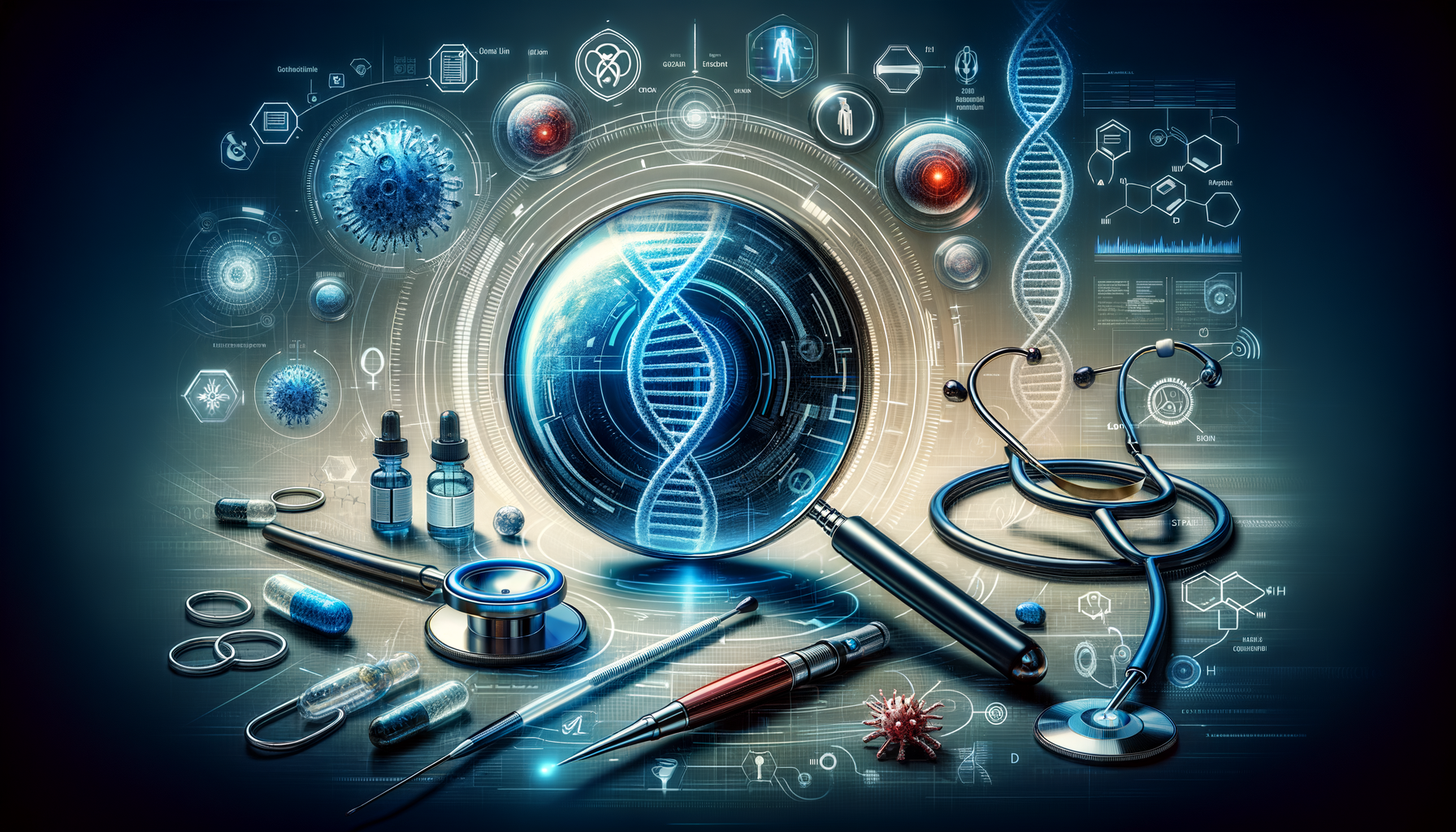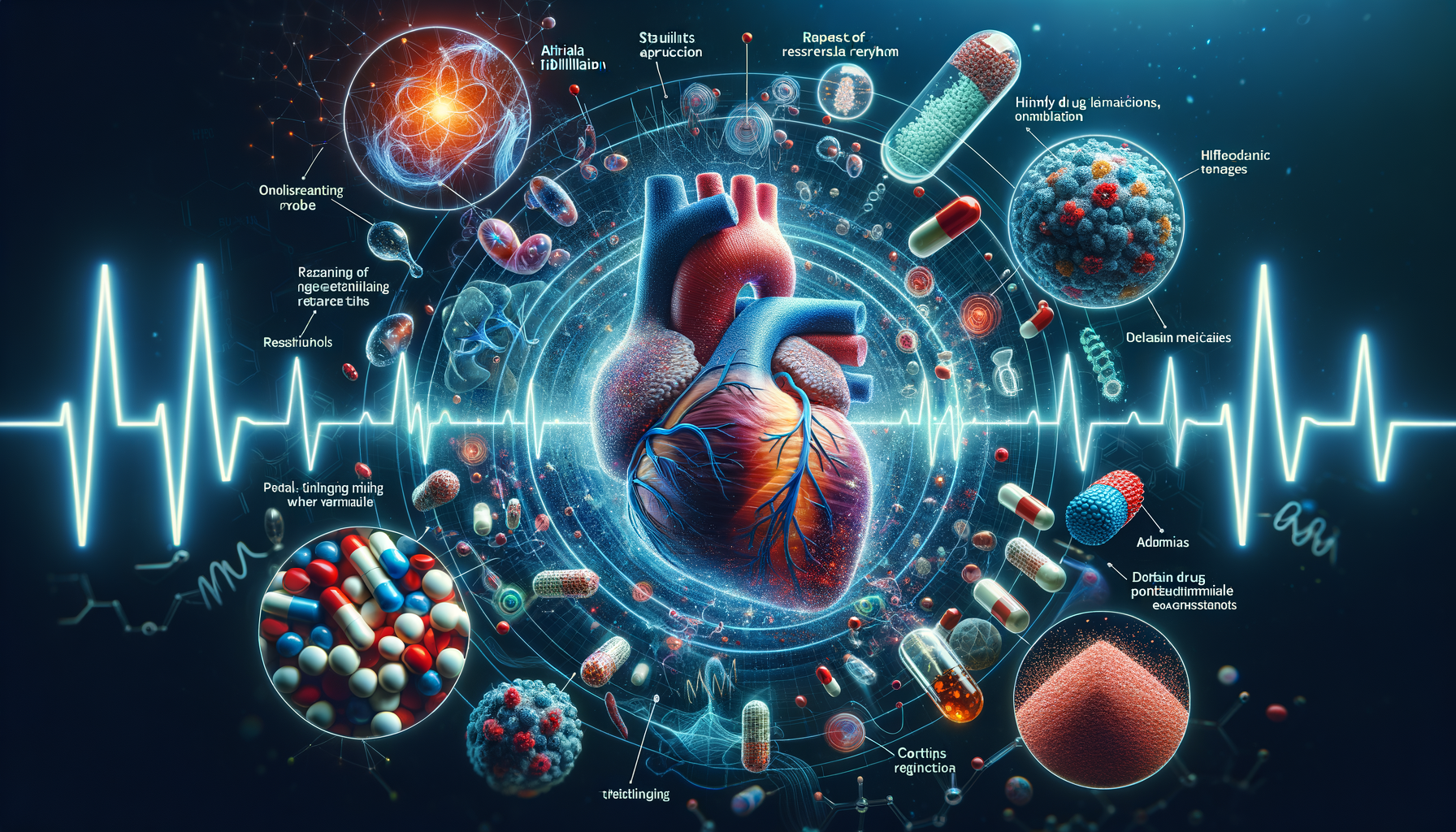The Importance of Early Cancer Detection
Early cancer detection plays a pivotal role in improving treatment outcomes and survival rates. Identifying cancer at its earliest stages often means that the disease can be treated more effectively, sometimes even before symptoms appear. This proactive approach can lead to less aggressive treatment options, reducing the physical and emotional burden on patients.
Statistics reveal that cancers detected early have a significantly higher survival rate compared to those diagnosed at a later stage. For example, the 5-year survival rate for localized breast cancer is about 99%, compared to 27% for metastatic cases. These figures highlight the critical nature of early detection, prompting healthcare systems worldwide to invest in screening programs.
Moreover, early detection can also lead to cost savings for healthcare systems. By catching cancer early, the need for extensive treatment and hospitalization can be minimized, leading to reduced healthcare costs. This not only benefits patients but also alleviates financial pressures on healthcare providers and insurers.
Overview of Traditional Screening Methods
Traditional cancer screening methods have long been the cornerstone of early detection efforts. These methods include mammograms for breast cancer, Pap smears for cervical cancer, and colonoscopies for colorectal cancer. Each of these screenings is designed to detect cancer at an early, more treatable stage.
Mammograms, for instance, use low-dose X-rays to examine breast tissue for abnormalities that may indicate cancer. Regular mammograms have been shown to reduce breast cancer mortality by up to 30% in women aged 50 and older. Similarly, Pap smears involve the collection of cells from the cervix to detect precancerous or cancerous changes, significantly reducing cervical cancer rates.
Colonoscopies are another vital tool, allowing doctors to view the entire colon and rectum to identify polyps or cancerous growths. This procedure can prevent colorectal cancer by enabling the removal of precancerous polyps before they develop into cancer.
Emerging Technologies in Cancer Detection
In recent years, emerging technologies have revolutionized the landscape of cancer detection. Innovations such as liquid biopsies, advanced imaging techniques, and artificial intelligence (AI) are paving the way for more accurate and less invasive screening methods.
Liquid biopsies involve analyzing blood samples to detect cancer-related biomarkers. This method is particularly promising because it can identify cancer at an early stage, monitor treatment responses, and detect recurrences. Unlike traditional biopsies, liquid biopsies are minimally invasive and can be performed more frequently.
Advanced imaging technologies, such as MRI and PET scans, are also enhancing cancer detection capabilities. These methods provide detailed images of the body’s internal structures, allowing for the identification of tumors that may not be visible through traditional imaging techniques.
AI is another game-changer, with algorithms capable of analyzing vast amounts of data to identify patterns indicative of cancer. AI-powered tools can assist radiologists in interpreting imaging results more accurately and efficiently, reducing the risk of misdiagnosis.
Comparing Traditional and Emerging Screening Methods
While traditional screening methods have proven effective over the years, emerging technologies offer several advantages that may enhance early detection efforts. Traditional methods, such as mammograms and Pap smears, are well-established and widely accessible, making them a crucial component of public health screening programs.
However, emerging technologies like liquid biopsies and AI offer the potential for greater precision and earlier detection. Liquid biopsies, for example, can detect cancer markers in the bloodstream, potentially identifying cancer before it becomes visible through imaging. This can lead to earlier intervention and improved outcomes.
AI enhances the accuracy of imaging interpretations, reducing the likelihood of false positives and negatives. By integrating AI with traditional screening methods, healthcare providers can offer more comprehensive and reliable cancer detection services.
Despite these advancements, challenges remain. Emerging technologies require significant investment in research and infrastructure, and their accessibility may be limited compared to traditional methods. As these technologies continue to evolve, balancing innovation with accessibility will be crucial to maximizing their impact on cancer detection.
Conclusion: The Future of Cancer Detection
The future of cancer detection is promising, with both traditional and emerging methods playing vital roles in early diagnosis. As technology advances, the integration of new screening techniques with existing methods will likely lead to more comprehensive and effective cancer detection strategies.
For individuals, staying informed about available screening options and participating in regular screenings is essential. Early detection can significantly improve treatment outcomes and quality of life, making it a critical component of cancer care.
Healthcare providers and policymakers must continue to invest in research and development to ensure that these innovations are accessible to all. By doing so, we can move closer to a future where cancer is detected early and treated effectively, ultimately saving more lives.



Leave a Reply